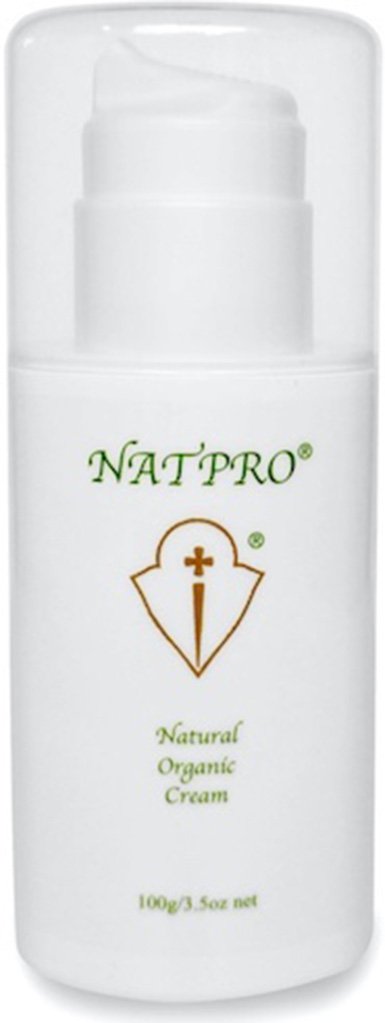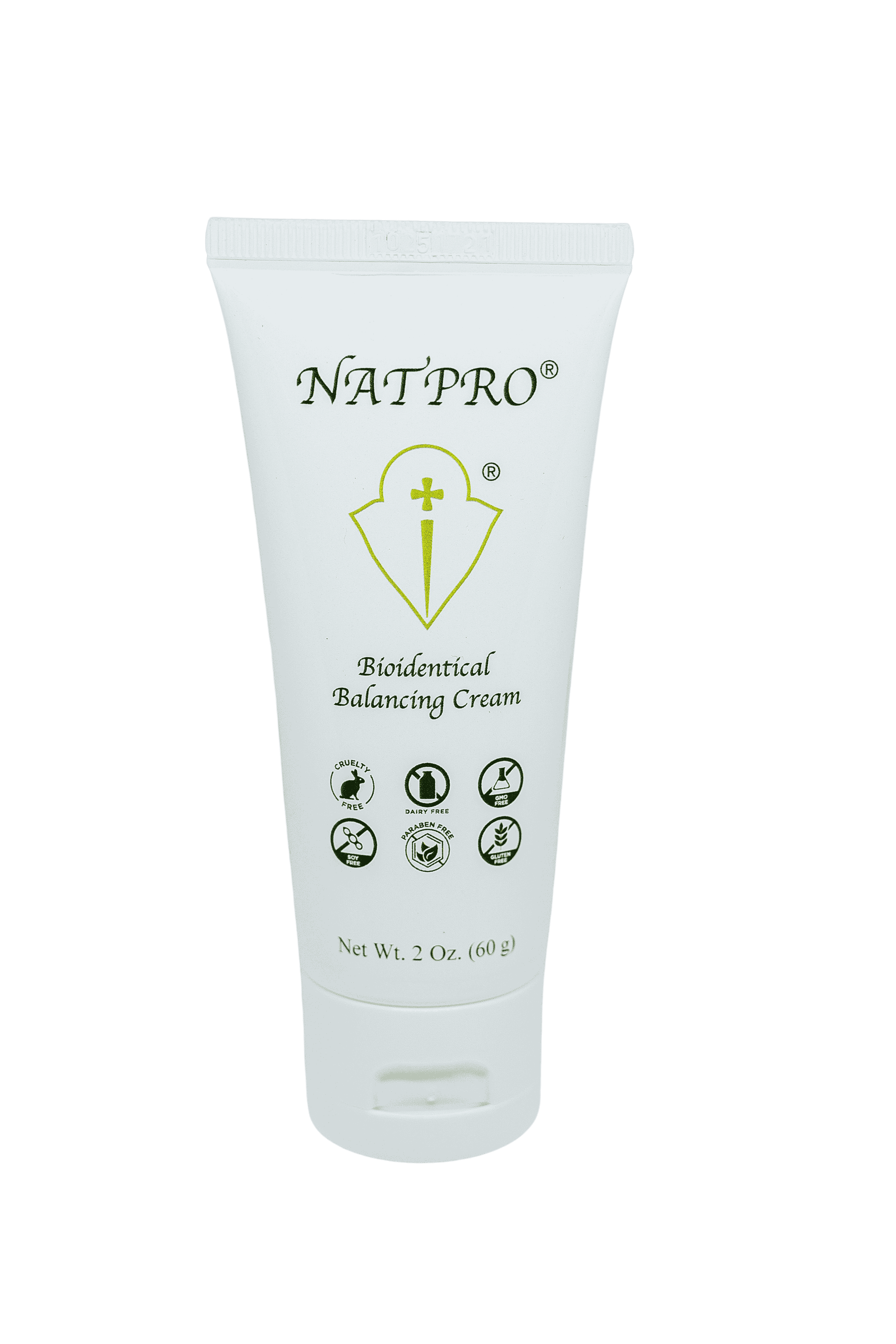Ovarian cysts
Ovarian cysts are abnormal sacs filled with liquid or semi-solid matter found in the ovary. They can vary in size from one or two centimetres to ten or more centimetres.
Almost all premenopausal women will have them at some time or another, but only about 15% of menopausal women experience them.
Cysts can occur as a result of excessive stimulation by follicle stimulating hormone (FSH), or luteinising hormone (LH), or a sensitivity to these gonadotrophins.
There are several types of cysts...
Graafian or follicular cysts are caused by a failed ovulation and can grow to 5cm before detection. These cysts are stimulated by FSH and oestrogen, progesterone is very low, as ovulation does not occur.
Generally the cyst will be reabsorbed back into the ovary, but occasionally it will burst causing a sharp pain, which about 25% of women experience. It will only occur on one side of the body, in the ovary in which it developed.
Corpus luteum cysts, which occur after ovulation. These cysts are stimulated by LH, which is attempting to make the follicle, now a cyst, ovulate.
The corpus luteum produces progesterone to support the growth of an embryo. If conception doesn't take place this normally breaks down and is reabsorbed. Unfortunately if a cyst does form, no progesterone is made.
Although a corpus luteum cyst does not normally cause problems, it can continue to grow causing pain in the lower abdomen. It may burst, which results is a sharp pain, again only on one one side.
Luteinising hormone normally stimulates ovulation and corpus luteum formation, but in the case of a cyst it merely makes it grow larger.
Hemorrhagic cysts occur when a small blood vessel bursts within a cyst that has already formed, causing blood to fill the cyst. Abdominal pain occurs on the side the cyst formed, as the blood stretches the covering of the ovary, with clots sometimes forming. If it ruptures it generally causes a great deal of pain, which can last for a few days.
Dermoid cysts are a type of benign tumour, and can grow to about 15cm in diameter. They contain mostly fat, but bone, hair, and cartilage have been found. They can become inflamed and cause severe pain.
Chocolate cysts, sometimes called endometrial cysts, are found in women who have Endometriosis.
They occur when a piece of endometrial tissue breaks off from the endometrium and lodges in an ovary. As this is influenced by the surge of oestrogen in the first half of the cycle, it continues to grow no matter where it is.
As there is no outlet for the blood, it turns brown and can rupture causing pain on one side and spilling blood into the abdominal cavity.
Endometriosis is caused by oxidative stress, often a lack of vitamin D and other antioxidants is behind it. It is stimulated by oestrogen, a pro-inflammatory hormone, there is always a low level of progesterone.
Cystadenoma is another type of benign tumour that develops from cells on the surface of the ovary. Some growing to over 29cm in diameter.
Multiple cysts or polycystic ovaries are occasionally found. It's not unusual for a woman to have more than one cyst, and on both ovaries. Polycystic ovaries should not to be confused with Polycystic Ovary Syndrome or PCOS.
Although they are Graafian follicles in both conditions, and the cause is the same, i.e. oxidative stress, the symptoms are different.
Mittelschmerz (middle pain). A comment must be made about the pain which occurs at ovulation. This occurs in approximately 20% of women at ovulation only and in no way is it dangerous. It is not a cyst rupturing, but the follicle containing a mature egg bursting to release the egg. The pain usually subsides within hours, but can linger for a day or two.
Symptoms of ovarian cysts
- discomfort in the lower back and pelvic region
- bloating
- pressure
- swelling
- aching as the cyst grows
- pain during intercourse or around menstruation, which can be irregular and abnormal
- urination can become more frequent, occasionally painful, or difficulty occurs in emptying the bladder as pressure builds
- bowel movements can be affected
- nausea
- indigestion
- fatigue
Polycystic Ovarian Syndrome results in a different set of symptoms, which does include many small cysts on the ovaries, usually about 4-9 mm in diameter. But the following can also occur….. irregular or no periods, obesity, acne, facial hair, occasionally infertility, insulin resistance, excess androgens and more.
Risks
Clomiphene citrate, a drug given to induce ovulation, FSH (follicle stimulating hormone), the progestin only pill or IUD, the drug Tamoxifen, supplemental testosterone or DHEA, can all increase the risk of cysts forming.
For more information on the monthly cycle see Menstruation.
Natural treatment
Oestrogen is needed to stimulate an egg to grow and mature. But if the oestrogen level is too high, which is the case with excessive FHS, any hormonally sensitive tissue is affected, in particular the ovaries. If LH is too high this suppresses ovarian function. High levels of FSH, LH, oestrogen and testosterone suppress progesterone.
To address this imbalance progesterone is essential, so are vitamin D and other antioxidants. The cyst/s are normally reabsorbed within three to six months, with continued use of progesterone and antioxidants they will not return.
Use between 100-200mg/day of progesterone, more if symptoms are severe. Before considering progesterone, see the page on Oestrogen Dominance first.
Vitamin D is essential for normal ovarian function, in particular ovulation. A lack is behind oxidative stress, PCOS and it reduces the benefits of progesterone. A test should be done to check blood levels and a minimum of 5000iu's per day should be taken. Consider taking 1600mg/day arginine and 1200mg/day cysteine. Both these amino acids are potent antioxidants.
For more info on vitamin D see...
Insulin Resistance causes oxidative stress, check to see if this is present.
Avoid all forms of oestrogen, as this also causes oxidative stress and insulin resistance. It also inhibits progesterone production.
Conventional treatment
- Anti-inflammatories
- Contraceptives... the reasoning behind this is the prevention of ovulation. Contraceptives suppresses ovarian function, thus preventing an egg from developing and growing. But by preventing ovulation, it also prevents progesterone from being made.
- Surgery, by removal of the cyst, removal of the ovary or a hysterectomy
None of these address the cause of the problem, only the symptom.

